T4K3.news
Royal optics shift
Princess Kate continues a Philip-influenced habit to keep the spotlight on the role rather than the person during public engagements.

An editorial look at how Kate uses a tactic learned from Prince Philip to manage attention and project royal steadiness
Princess Kate adopts Philip's camera etiquette to shape royal presence
Princess Kate has become one of the most popular members of the Royal Family in the past decade. As she approaches 14 years in royal life, observers note a steady blend of duty and accessibility that keeps her central to public life. In her early days, she leaned on guidance from William and other senior royals to learn the rhythms of royal duties and public appearances, drawing on the experience of veterans in the family. Reports also point to the support Kate received from Prince Philip, whose decades of service gave him insight into the balance between openness and privacy.
A tactic attributed to Philip is simple and enduring: avoid looking directly at cameras during engagements. The aim is to keep attention on the work and the institution rather than on Kate as an individual. Royal biographer Gyles Brandreth, drawing on Philip, says the advice was shared with Kate and her late mother-in-law Diana to steer public focus toward roles and responsibilities. Practically, Kate is said to direct her gaze to the person she is addressing and to the moment, letting the scene carry the message rather than the lens itself.
Key Takeaways
"If you believe the attention is for you personally, you're going to end up in trouble."
Philip's caution about attention relayed by Brandreth in his biography
"The attention is for your role, what you do, not you."
Philip's guidance on focusing on duties rather than self
This approach shows how the monarchy continues to shape its image through small, deliberate habits. By prioritizing the role over personal visibility, Kate anchors herself in a tradition that favors service and continuity over celebrity. The method also reflects a wider shift in which royal optics are crafted with care for a modern audience used to instant scrutiny and social media. The contrast with a more camera-facing era underscores how public trust can hinge on restraint as much as warmth.
Yet the tactic is not without potential risks. Critics might see it as calculated polish that screens genuine emotion or spontaneity. If public patience wears thin during a crisis, such controlled presentation could be read as evasive. The royal family walks a fine line between tradition and accessibility, and habits like avoiding the camera may become flashpoints in broader debates about accountability and authenticity.
Highlights
- The gaze belongs to the role, not the spotlight
- Public attention is for the work you do, not you
- Presence speaks louder than a camera lens
- Look at the person you came to see, not the camera
Public reaction risk to royal image management
The emphasis on controlled optics could invite criticism about authenticity and transparency, especially if later events test the royal family’s ability to connect with a diverse audience.
Public life is a long game, and small habits keep the royal image in focus.
Enjoyed this? Let your friends know!
Related News
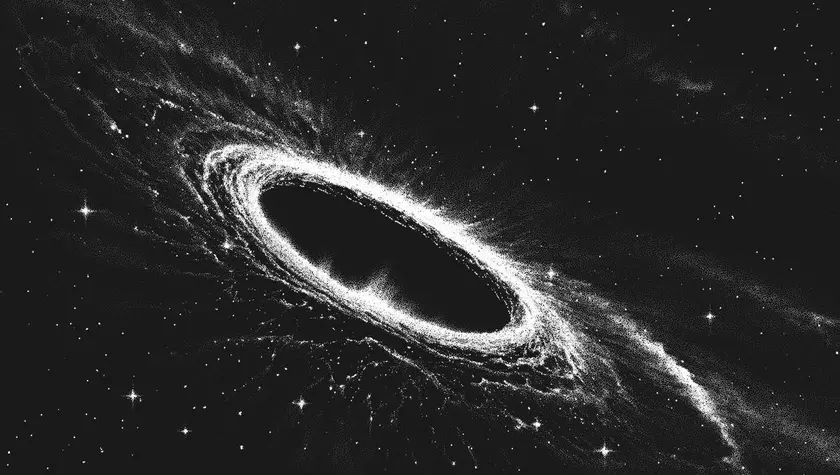
New Study Suggests Universe May Be Inside Black Hole
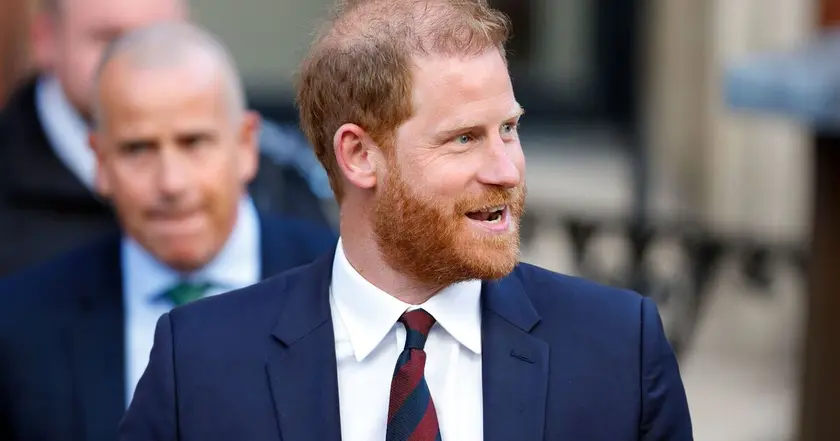
Prince Harry offers peace gesture to Royal Family
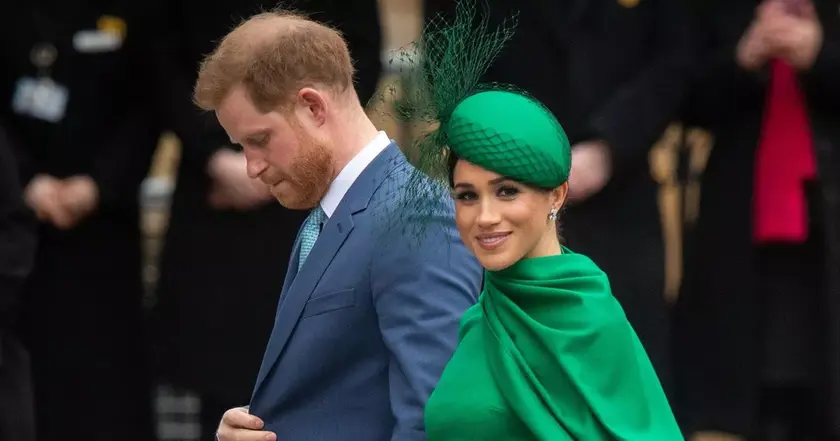
Public perception shifts against Harry and Meghan
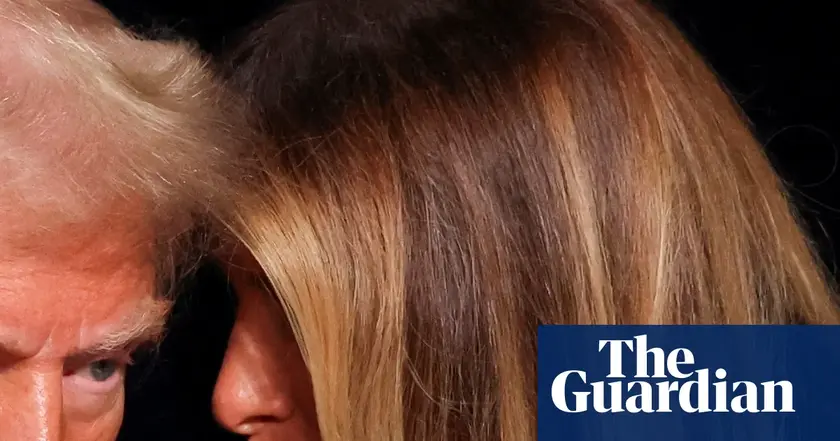
Melania Trump influence on policy
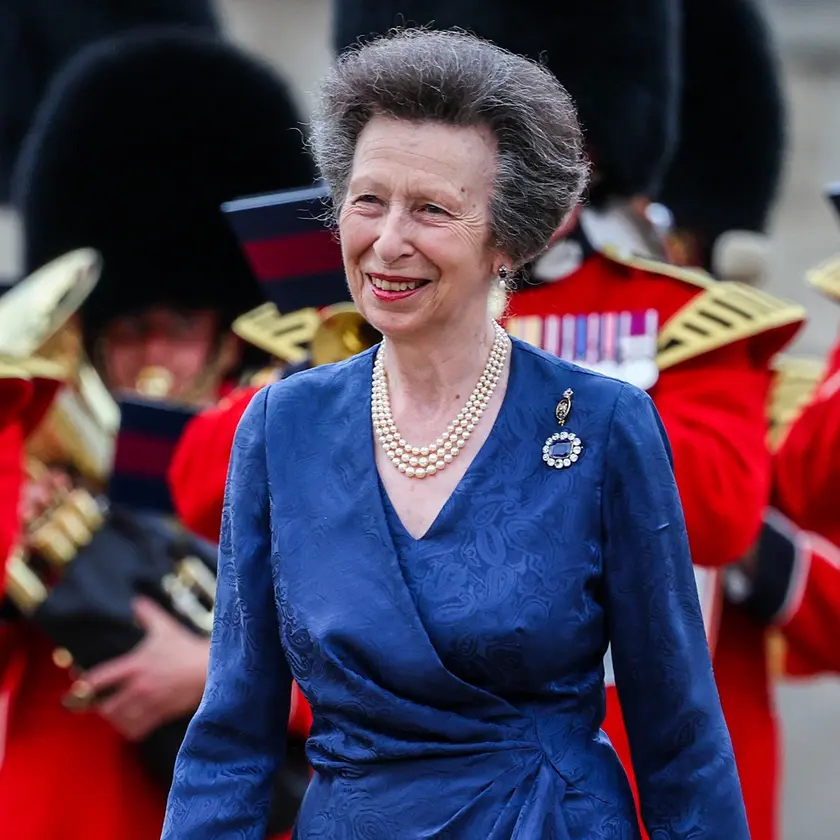
Princess Anne reveals new hair look in royal portrait
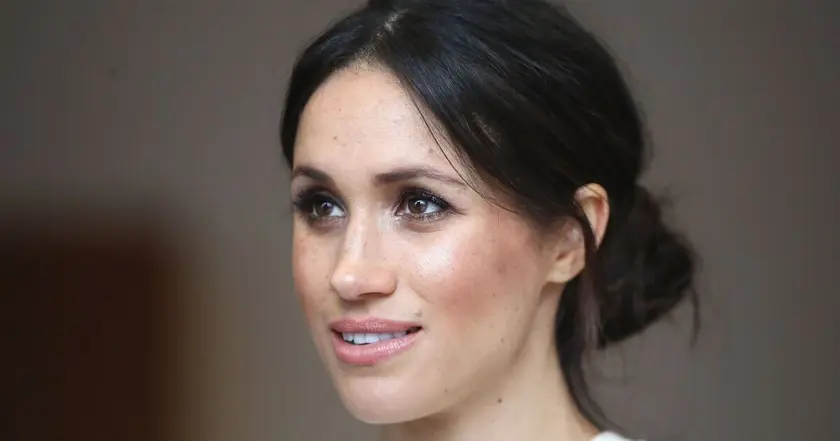
Meghan Markle receives no birthday wishes from Hollywood stars
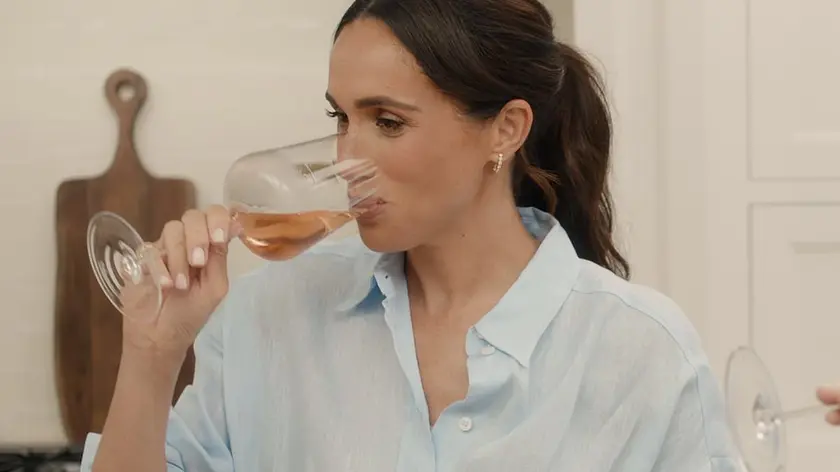
Meghan Markle's Netflix deal reportedly collapses
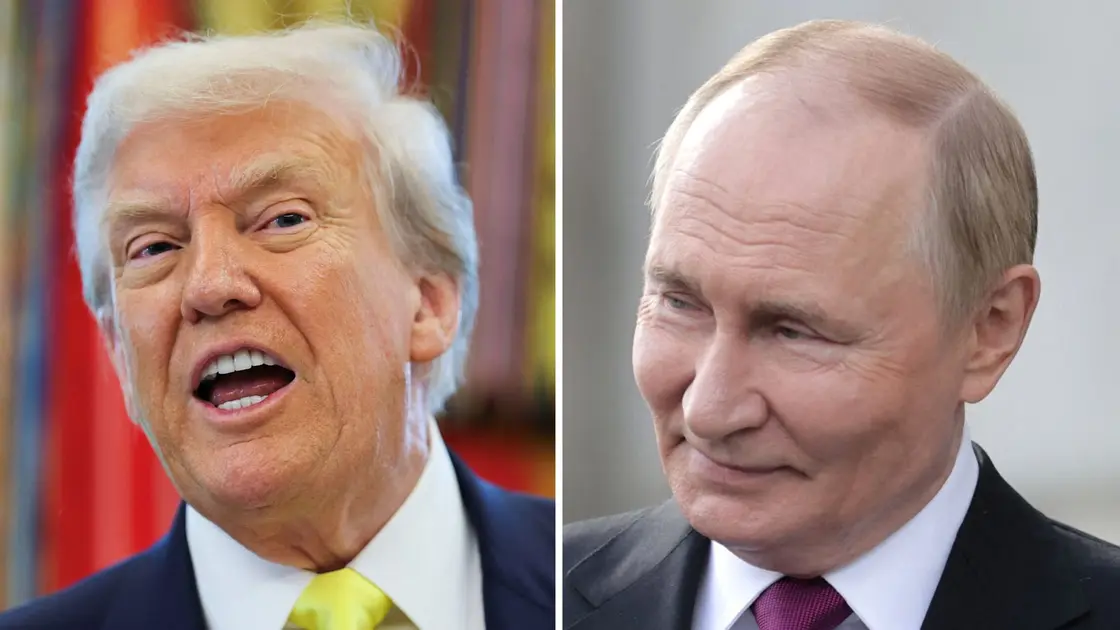
Sanctions relief tied to Trump meeting
